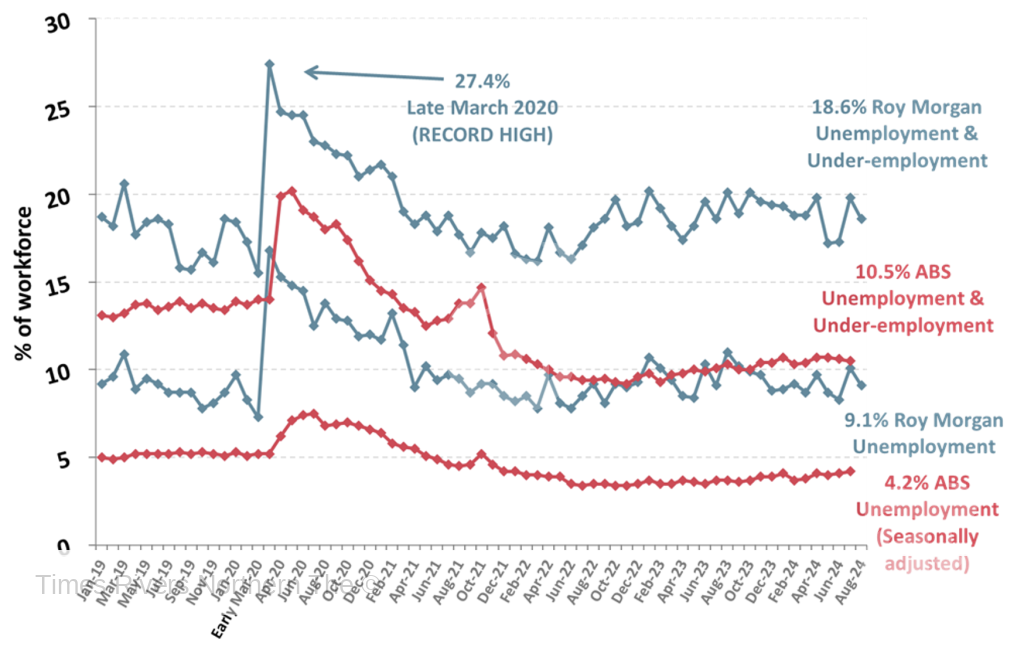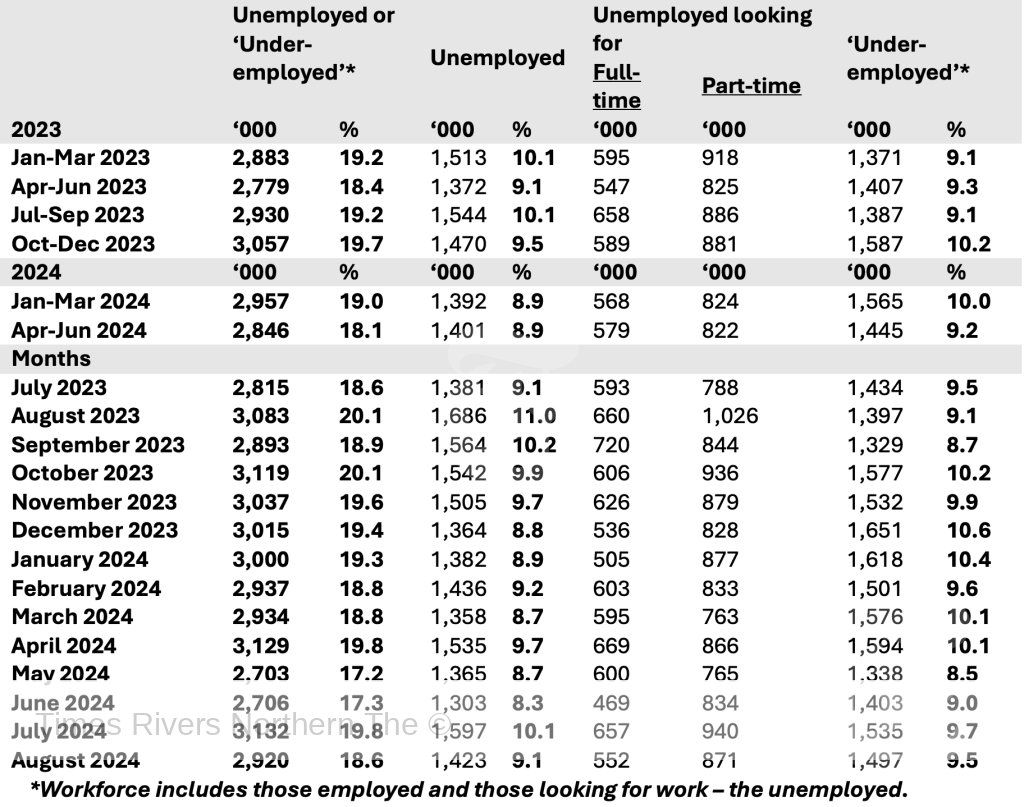Fair Work Commission Upholds 3.75% Increase in Australia’s Minimum and Award Wages to Tackle Cost-of-Living Pressures
In a significant move aimed at bolstering the economic security of Australian workers, the Fair Work Commission (FWC) has announced a 3.75% increase in both the minimum and award wages, effective from July 1. This decision, following extensive deliberation, reflects a multifaceted approach to address prevailing cost-of-living challenges while fostering equitable economic growth.
The national minimum wage is set to rise to $24.10 per hour and $915.91 per week, based on a standard 38-hour workweek. This increment, amounting to approximately $33 extra per week, is poised to benefit approximately 2.6 million workers nationwide, constituting approximately 20.7% of the Australian workforce.
The FWC’s decision is underpinned by a thorough assessment of prevailing economic conditions, with a keen focus on ensuring that wage adjustments align with forecasted wages growth for the year 2024. This strategic approach seeks to strike a balance between addressing immediate cost-of-living pressures and facilitating sustainable wage growth in the long term.
Furthermore, the commission’s rationale acknowledges the unique vulnerabilities faced by workers reliant on modern award minimum wages. These employees, often engaged in part-time, casual, or predominantly female-dominated roles, constitute a significant portion of those affected by the wage increase. By providing a modest real wage boost, the decision aims to uplift the economic wellbeing of these segments of the workforce, thereby fostering greater income equality.
However, the FWC’s deliberations also took into account the broader economic landscape, recognizing the diverse impacts of the wage increase across different industries and sectors. While overall labour market conditions remain robust, certain sectors face distinct challenges, necessitating a nuanced approach to wage adjustments to ensure sustained growth and stability.
In response to the ruling, stakeholders from various quarters have articulated their perspectives. The Australian Council of Trade Unions (ACTU) has welcomed the decision, hailing it as a significant victory for workers’ rights and economic justice. Conversely, business organisations have expressed apprehensions regarding the potential impact on operational costs, particularly for small and medium-sized enterprises (SMEs) grappling with existing margin pressures.
For SME owners like Edward Clayton, the wage increase presents a dual-edged dilemma. While recognising the imperative of fair wages to address cost-of-living pressures and retain a motivated workforce, he also confronts the challenge of balancing increased labor costs with maintaining competitive pricing strategies.
Against this backdrop, Treasury Secretary Steven Kennedy has emphasised the importance of ensuring that wage growth remains in line with inflation, thereby safeguarding macroeconomic stability. While the wage increase serves as a crucial mechanism to address immediate affordability concerns for workers, policymakers remain vigilant against potential inflationary risks, underscoring the imperative of productivity-driven growth to support sustainable economic outcomes.
As the wage increase takes effect, its ripple effects are poised to reverberate across the economic landscape, shaping consumer spending patterns, business operations, and overall market dynamics. While providing much-needed relief for workers grappling with escalating living expenses, the decision underscores the intricate interplay between wage policies, economic resilience, and the pursuit of inclusive prosperity for all Australians.
For more business news, click here.





 Tweed Shire News2 years ago
Tweed Shire News2 years ago
 Motoring News2 years ago
Motoring News2 years ago
 COVID-19 Northern Rivers News3 years ago
COVID-19 Northern Rivers News3 years ago
 COVID-19 Northern Rivers News3 years ago
COVID-19 Northern Rivers News3 years ago
 Northern Rivers Local News3 years ago
Northern Rivers Local News3 years ago
 Health News3 years ago
Health News3 years ago
 COVID-19 Northern Rivers News3 years ago
COVID-19 Northern Rivers News3 years ago
 NSW Breaking News3 years ago
NSW Breaking News3 years ago




























